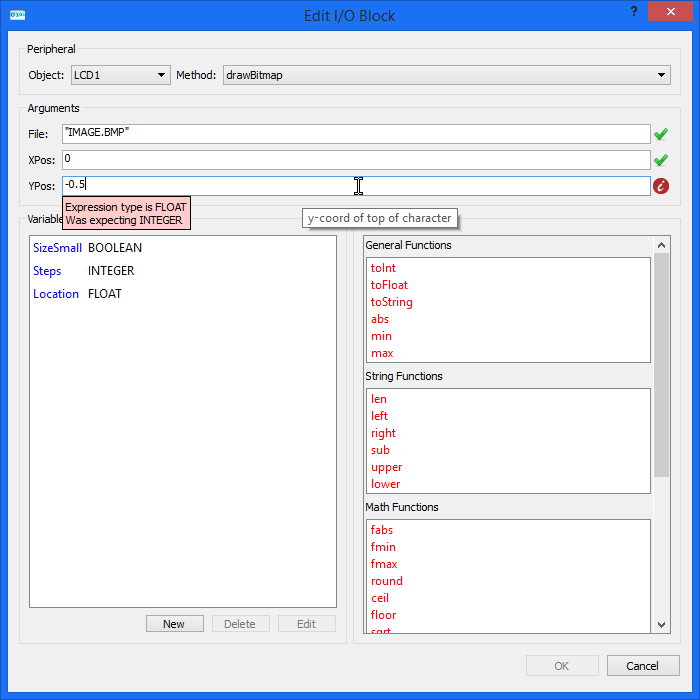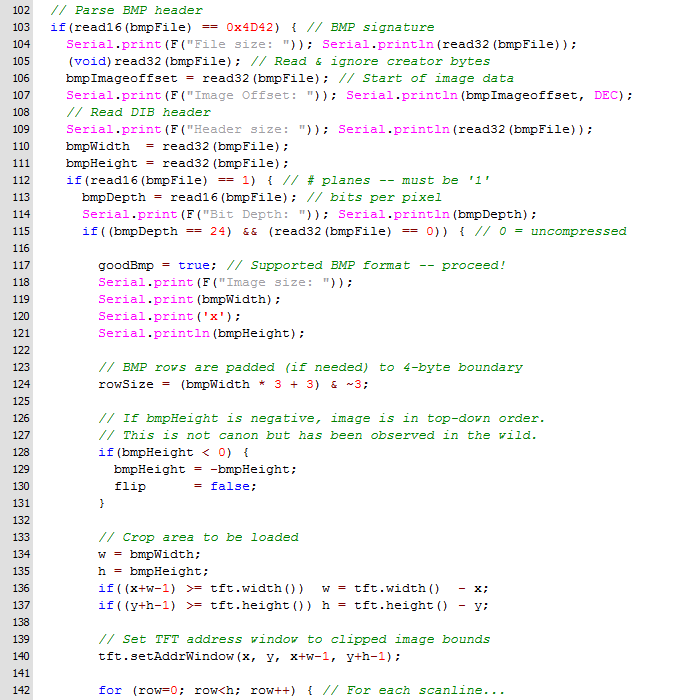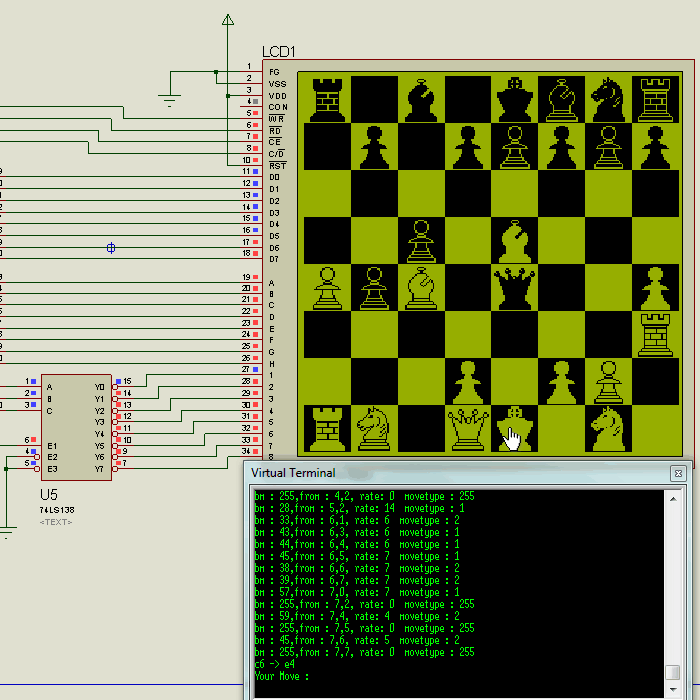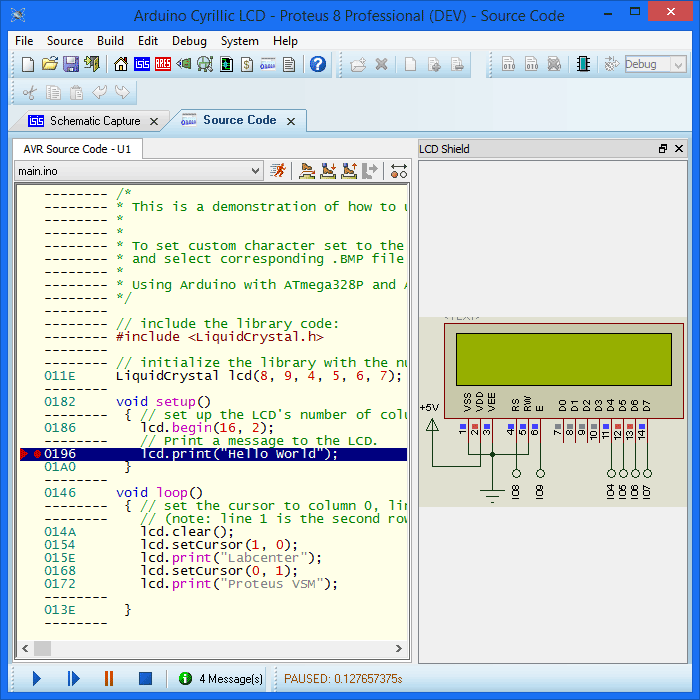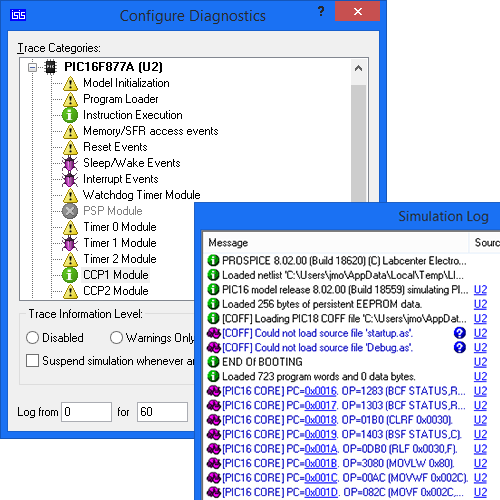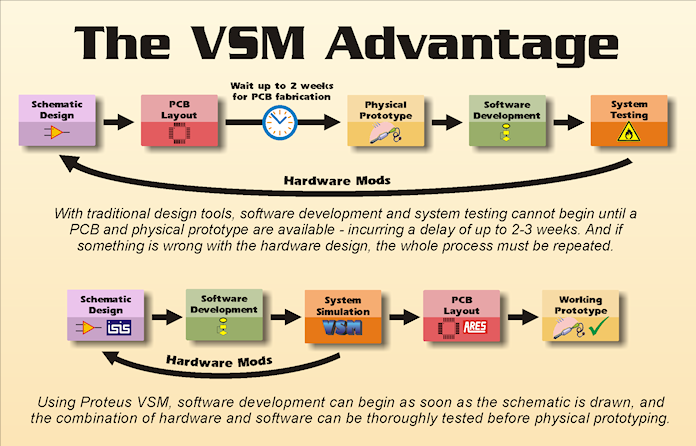Simplifying Hardware Design
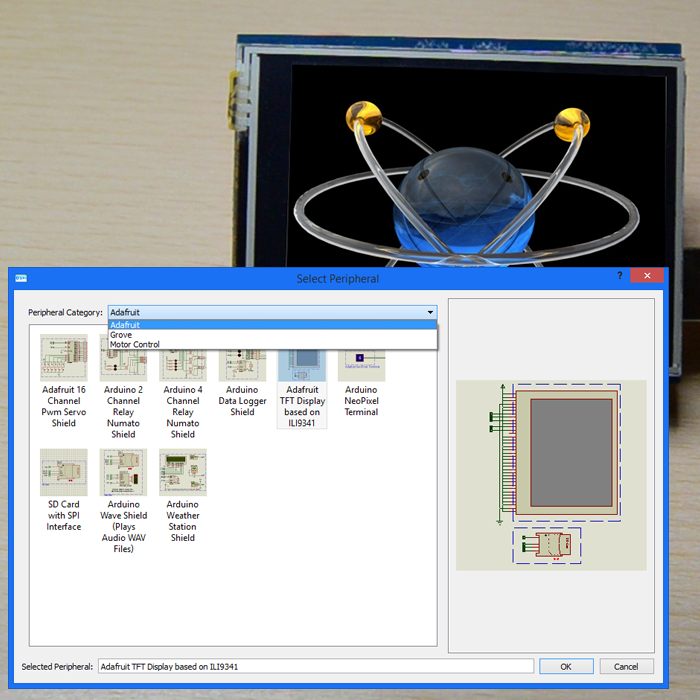
Visual Designer for Arduino combines world class Proteus VSM simulation with an easy to use
flowchart editor and a gallery of virtual hardware to provide a truly integrated and intuitive development environment for Arduino.
The peripheral gallery makes hardware design easy. Simply add a shield or sensor from the gallery and Visual Designer will automatically place the correct circuitry on the Proteus schematic for you and add some simple methods to Visual Designer that allow you to control the hardware.
Alle nye bedriftslisenser gis gratis support via E-post og gratis oppdateringer i 6 mndr. (skoler 12 mndr.)
Ved å fornye lisensen gis samme tilbud for 12 nye mndr.
Alle nye bedriftslisenser gis gratis support via E-post og gratis oppdateringer i 6 mndr. (skoler 12 mndr.)
Ved å fornye lisensen gis samme tilbud for 12 nye mndr.

